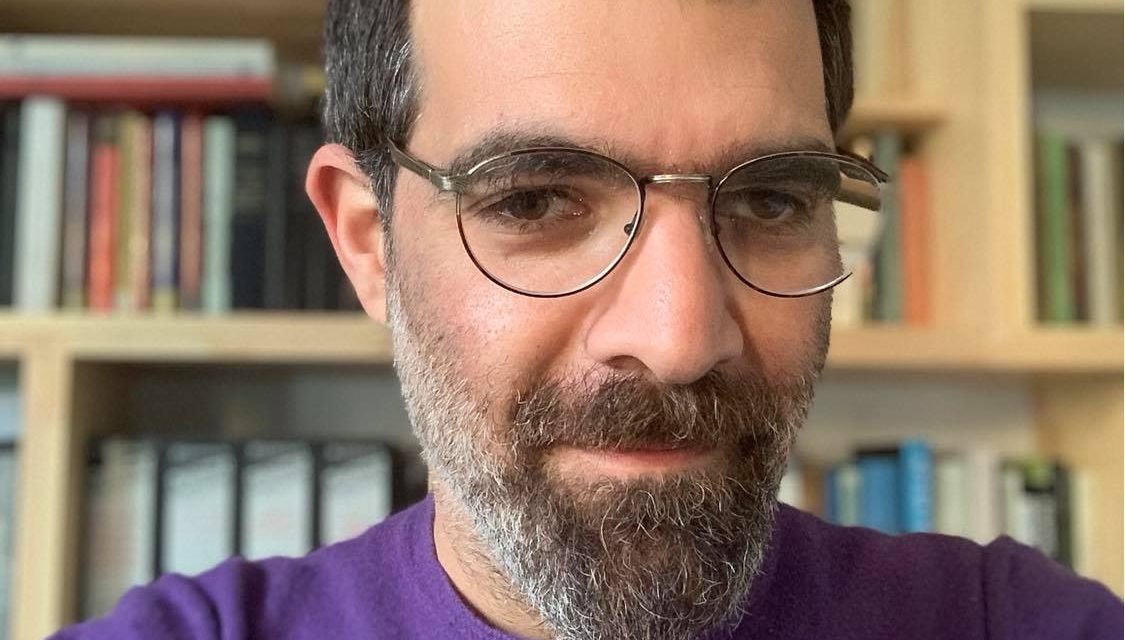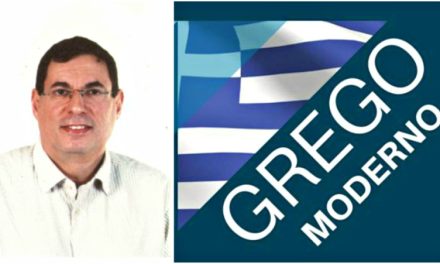Antonis Hadjikyriacou is Teaching Fellow in Ottoman history at Panteion University and Affiliated Scholar at the Center for Spatial and Textual Analysis (CESTA) at Stanford University. Born and raised in Nicosia, he studied Modern History and Political Science at the University of Birmingham, and was awarded his M.A. with distinction from Birkbeck College. Dr Hadjikyriacou earned his Ph.D. in History at the School of Oriental and African Studies in 2011. He was Mary Seeger O’Boyle Post-doctoral Fellow at the Seeger Center at Princeton University in 2013-2014. Between 2014-16 Antonis Hadjikyriacou was Marie Curie Intra-European Fellow at the Institute for Mediterranean Studies, Foundation for Research and Technology – Hellas; this EU Marie-Curie-funded project was eventually designated a success story by the European Commission. In 2016, Dr Hadikyriacou was appointed Assistant Professor of Early Modern Ottoman and Mediterranean History at Βοğaziçi University. In 2019 he decided to relocate to Greece, where in parallel to teaching at Panteion University he has been conducting research in collaboration with Harokopion University, with funding from the Sylvia Ioannou Foundation. Dr Hadjikyriacou’s research engages with the theme of insularity, while at the same time he is particularly interested in introducing innovative methodologies in research and teaching. Greek News Agenda* had the opportunity to interview Antonis Hadjikyriacou on digital humanities, the relevance of Ottoman history and the unique challenge that the bicentenary of 1821 represents for Greek academia.
2021 marks the bicentenary of the Greek War of Independence; what are the opportunities and challenges for Modern Greek studies and Greek historiography?
Modern Greek Studies and Greek historiography have traditionally suffered from lack of exposure to and dialogue with broader fields of study. This challenge can be transformed into an opportunity with the coming anniversary of the Greek Revolution. One way of achieving this is by situating the Greek Revolution within the broader context of the Age of Revolutions. This broad historical process had global manifestations. It was part of the entangled trajectories of economies, societies and cultures that did not necessary fit, but had important overlaps with, the Western European paradigm. As historians seek more nuanced understandings of how the modern world came to be constituted, they have exposed the explanatory and analytical limitations of modernization theory – the idea that the historical trajectory towards the modern nation-state is a teleological process evaluated along the lines of the Western European model. One of the many conferences to be organized in the coming months marking the 200th anniversary of 1821 explores the global interactions and impact of the Greek Revolution, from India to Colombia and from Japan to the South of the United States.
A second important opportunity arising from the anniversary is the intensification of the dialogue between Modern Greek and Ottoman Studies. Modern Greek history cannot be separated from its Ottoman legacy, just like Ottoman history cannot be understood without its Greek component. The relevance of the Ottoman world extends to both before and after the establishment of the Greek state. On either side of the 1821-1829 period, Ottoman influences have not been adequately explored. Phokion Kotzagiorgis, for example, has emphasized how the dialectical use of Ottoman and Greek sources remains a desideratum. I had the opportunity to appreciate the value of such an Ottoman-Greek dialogue in a recent book chapter co-authored with Michalis Sotiropoulos where we demonstrated how Ottoman concepts, terms and practices informed notions of representation and political participation during the Greek revolution and the early decades of the Greek state.
Within such an exchange, Ottoman Studies has a lot to offer to Modern Greek Studies, and vice versa. Building upon the foundational work of scholars like the late Elizabeth Zachariadou or John Alexander, Greek Ottomanists have established themselves at the top of the field internationally. By way of example, two highly competitive and prestigious European Research Council grants in Ottoman history have been awarded to the Institute for Mediterranean Studies in Rethymno. From a broader perspective, Ottomanist historiography is at present extremely dynamic and distinctively interdisciplinary, employing the latest methods and approaches, for instance, in environmental history, digital humanities, or gender studies. There is, therefore, ample room for an exchange of resources and experiences with scholars from Modern Greek Studies. On a different level, given how many countries share an Ottoman legacy, Ottomanist historiography is composed of many scholarly traditions and has an extensive international scope and outlook. Engaging with this field allows historians of Modern Greece to reach out to new audiences; it also provides the opportunity to infuse Ottomanist historiographical discussions with Greek sources. In this sense, the current conjuncture is an excellent opportunity to explore the historiographical lacuna of the overlaps between the Greek and the Ottoman world.
The last decades have seen a rising interest in the study of spatial relations and geography in historiography. Could you elaborate on the importance of space in your work on Cyprus and how it meets with wider scientific debates in Mediterranean and World historiography?
Since the 1990s, historians have been highlighting the fact that geographical categories have no single, obvious attribute. For example, islands are often perceived as isolated, remote places. Yet, the very sea that separates islands from continental spaces can also connect them to the outside world through maritime links. An island can thus be both connected and isolated, as well as carry other possible meanings beyond this binary, all of which can change in time and context. Studying the spatial attributes of insularity allowed me to answer certain difficult questions regarding the society and economy of Cyprus during the early modern era. I was also able to see the material factors behind changes in perceptions of insularity.
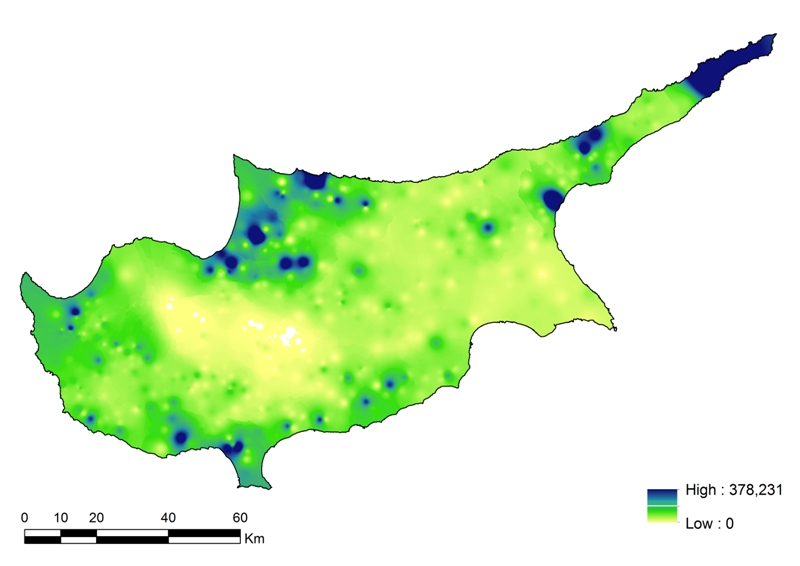
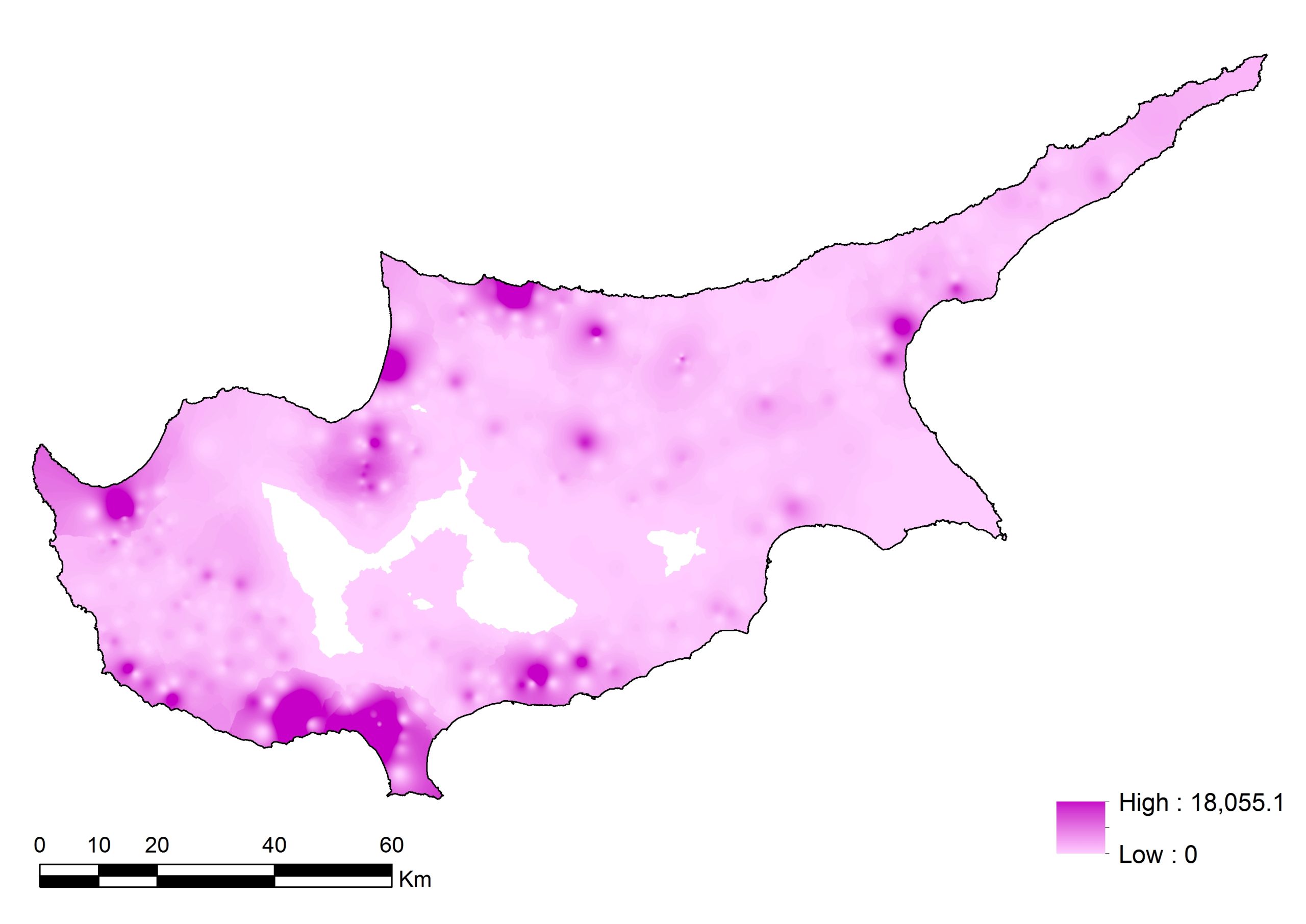
At the same time, one of the latest analytical tools in historiography is to see key conjunctures in global history as processes of respatialization: namely how established ideas about or perceptions of space change as a result of major historical processes. In a recent volume examining the French Revolution as a moment of respatialization, I have discussed how the insularity of Cyprus had changed during the Age of Revolutions in connection to global, Mediterranean, regional and local historical processes. Thus, from a backwater province during the mid-seventeenth and most of the eighteenth century, the position of Cyprus in the Ottoman bureaucratic mind changed to that of a frontier in the aftermath of Napoleon’s expedition to Egypt. This was not simply a geo-strategic shift, but also the outcome of local economic and social transformations related to the struggle for the surplus of the island. This is just an example of how respatialization can help understand periods of transition such as that of Cyprus at the turn of the nineteenth century. Finally, I would venture to extend this mode of analysis to the Greek Revolution itself, and suggest examining this foundational event as a process of respatialization with a global dimension.
Your research on Cyprus has taken on over the years a strong comparative component, namely in relation to Crete, through the MedIns project. To what extent could we locate similarities and differences between these two insular settings during their respective Ottoman periods?
Conventional wisdom has it that Cyprus and Crete are two very similar islands. While there are good reasons for this perception – for instance, size, the common Venetian heritage – there are also important differences that are not immediately apparent. The ‘Mediterranean Insularities’ project used Geographical Information Systems (GIS) to analyze and map data extracted from Ottoman fiscal records in order to better understand the economy and environment. Looking at geography, landscape and space, one major difference immediately draws the attention of the beholder: the much more dramatic topography of Crete, as well as its much more abundant water resources compared to Cyprus. At the level of the economy, while Cretan production largely relied on the monetary revenue of export-oriented olive and wine production, cereals were much more abundant in Cyprus on account of the broad east-west Mesaoria (literally: between the mountains) plain, while the Cretan equivalent (Mesaria) covers the narrow north-south strip. The other two central commodities of Ottoman Cyprus were cotton and silk. The importance of these very different crops on each island meant that production and the economy at large had a radically different impact on society, politics, as well as culture. Here is one minor example still valid today: the scarcity of grain in Crete as a result of the preference for olive-tree and vine cultivation meant that rusk-baking became extremely widespread in order to satisfy the long-term needs in terms of carbohydrates. Hence, ‘dakos’ is a very popular Cretan dish uniquely encountered on that island throughout the Greek world. Conversely, the abundant availability of wheat and barley flour in Cyprus meant that bread-making was much more elaborate and sophisticated – and was thus praised by contemporary foreign travelers. This is just a minor glimpse of the ways in which differences between the two islands limited their reflections in culinary culture.

The historiography of the eastern Mediterranean has always been a focal point of interest in Western academia. Could we locate the latest epistemological and institutional trends in the study of the region?
It is interesting that traditional historiography treated the Eastern Mediterranean as a region more closely connected to the Middle East than with the Mediterranean as a whole, let alone other spatial contexts. Braudel’s monumental The Mediterranean and Mediterranean World, which saw the ‘inner sea’ as a united whole and argued against the Christianity/Islam division proposed by Pirenne, was followed by decades of little debate and new contributions. The recent efflorescence of Mediterranean studies is partly the result of research that sees the Islamic and/or Arab world as an integral part of the Mediterranean. If the Mediterranean is a spatial entity composed by economic, social, ideological or cultural flows of varying density and intensity depending on time and context, then dividing it into mutually exclusive sections such as east/west, Christian/Islamic, or European/Middle Eastern obscures more than it reveals for the purposes of acquiring a holistic picture. In this sense, the production of knowledge on the (post-)Ottoman, Middle Eastern, Arabic, Islamic, or African parts of the Mediterranean, to mention a few, illustrates how the Mediterranean is not only a European sea, but a geographical category in which multiple worlds overlap. In this sense, shifting attention to the ‘eastern’ aspects of the Eastern Mediterranean means that historians, humanists and social scientists in Greece or elsewhere can better understand this region, and in turn inform policy and decision-making.
Your recent research has offered an original combination of traditional archival research and digital tools, such as the use of Geographical Information System (GIS) on Ottoman cadastres. Could you expand on these advances as well as the synergies that made those possible?
My initial engagement with GIS was the result of a quest to understand quantitative aspects of the insularity of Cyprus. This led me to the Institute of Mediterranean Studies in Rethymno, where I received GIS training in the context of the above-mentioned Mediterranean Insularities project. The project examined the 1572 detailed fiscal register of Cyprus compiled by the Ottomans once they had arrived to the island, using digital humanities tools to analyze and process the data. Engaging with ‘hard’ data was rewarding in that it required attention to detail and permitted me to identify long-term trends and patterns in the economy, environment and climate that would otherwise be indiscernible.
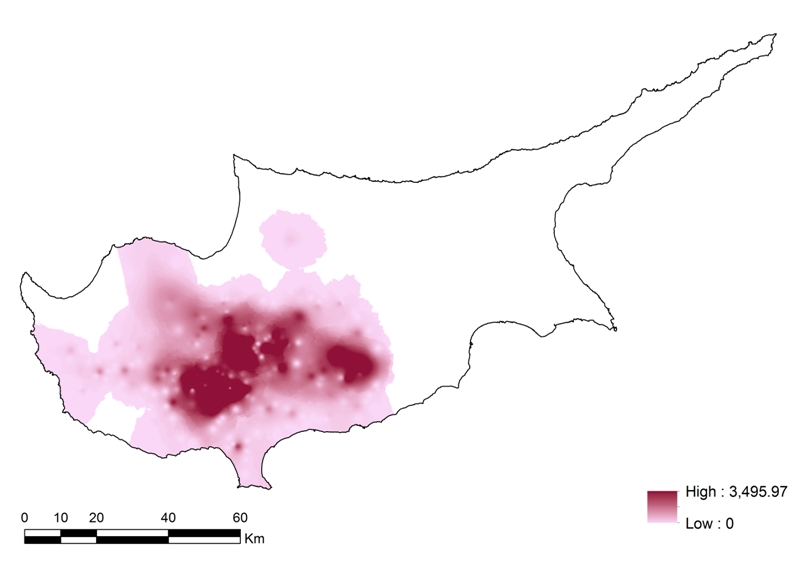
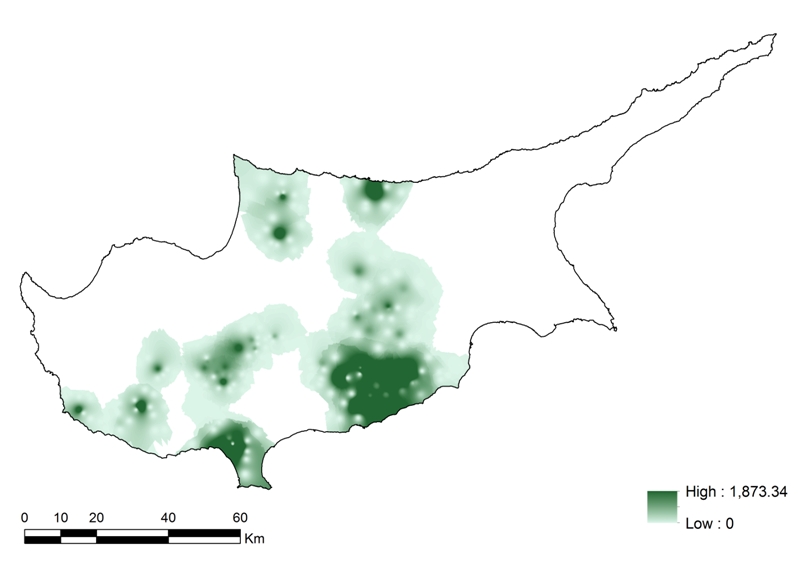
This initial engagement with GIS was followed by an ongoing project on Ali pasha of Yannina, in collaboration with Associate Professor Ali Yaycioglu and hosted by the Center for Spatial and Textual Analysis (CESTA) of Stanford University. Entitled ‘Mapping Ottoman Epirus,’ the project enquires into the spatial logic of the relations of power established by Ali pasha at the turn of the nineteenth century in the Ottoman Balkans and in the midst of the Age of Revolutions.
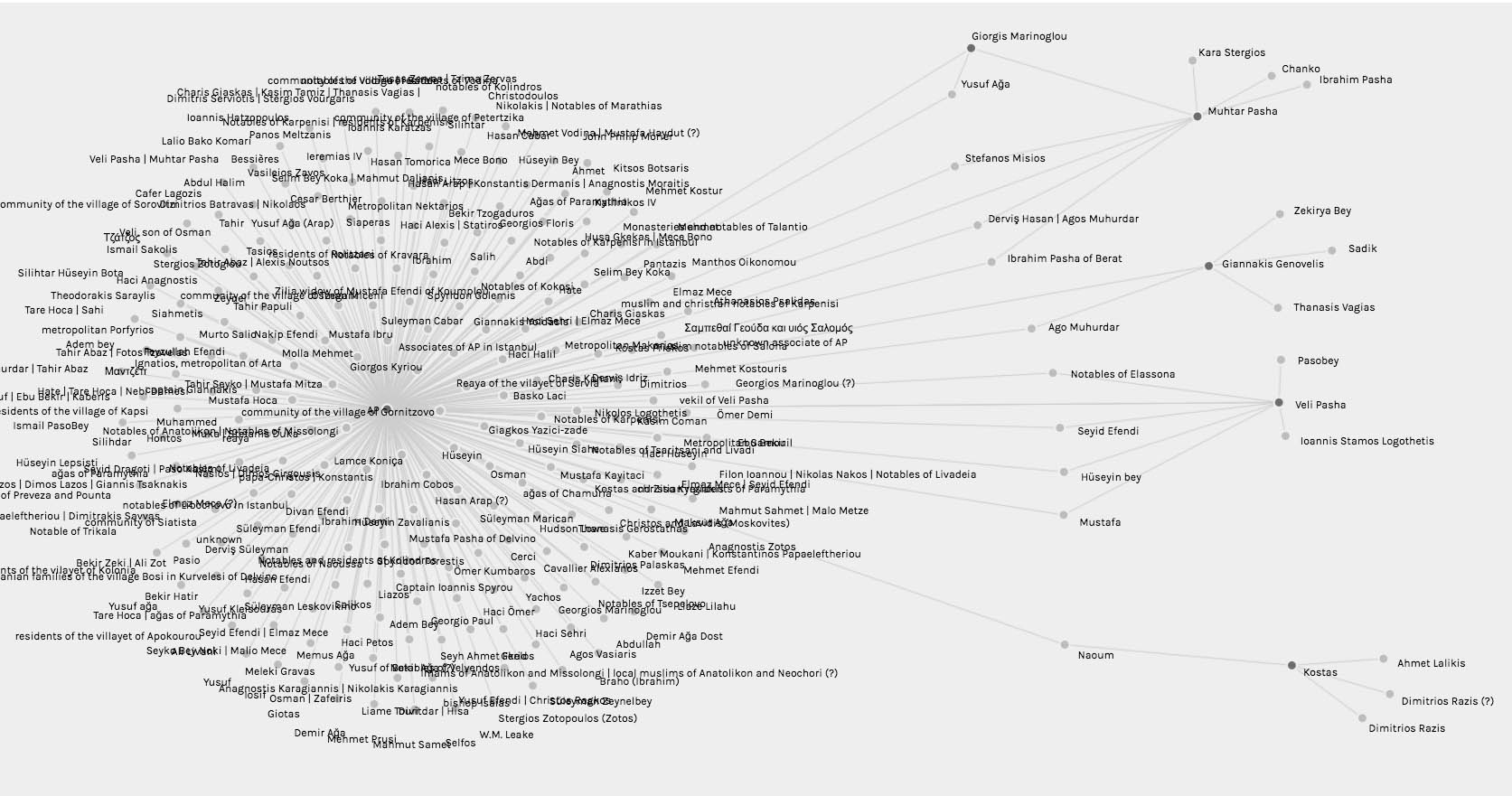
Working with spatial applications in digital humanities requires digital gazetteers, i.e. geographical dictionaries. Such a resource allows the identification of a place name (that may have many historical variants) with geographic coordinates. This will in turn permit the mapping of any kind of information on that place name. Working with a small team of students from my classes at Boğaziçi (Bosporus) University in Istanbul, I was awarded a Pelagios Commons Resource Development grant to test the applicability of a particular digital humanities tool in building the foundations for a digital Ottoman gazetteer.
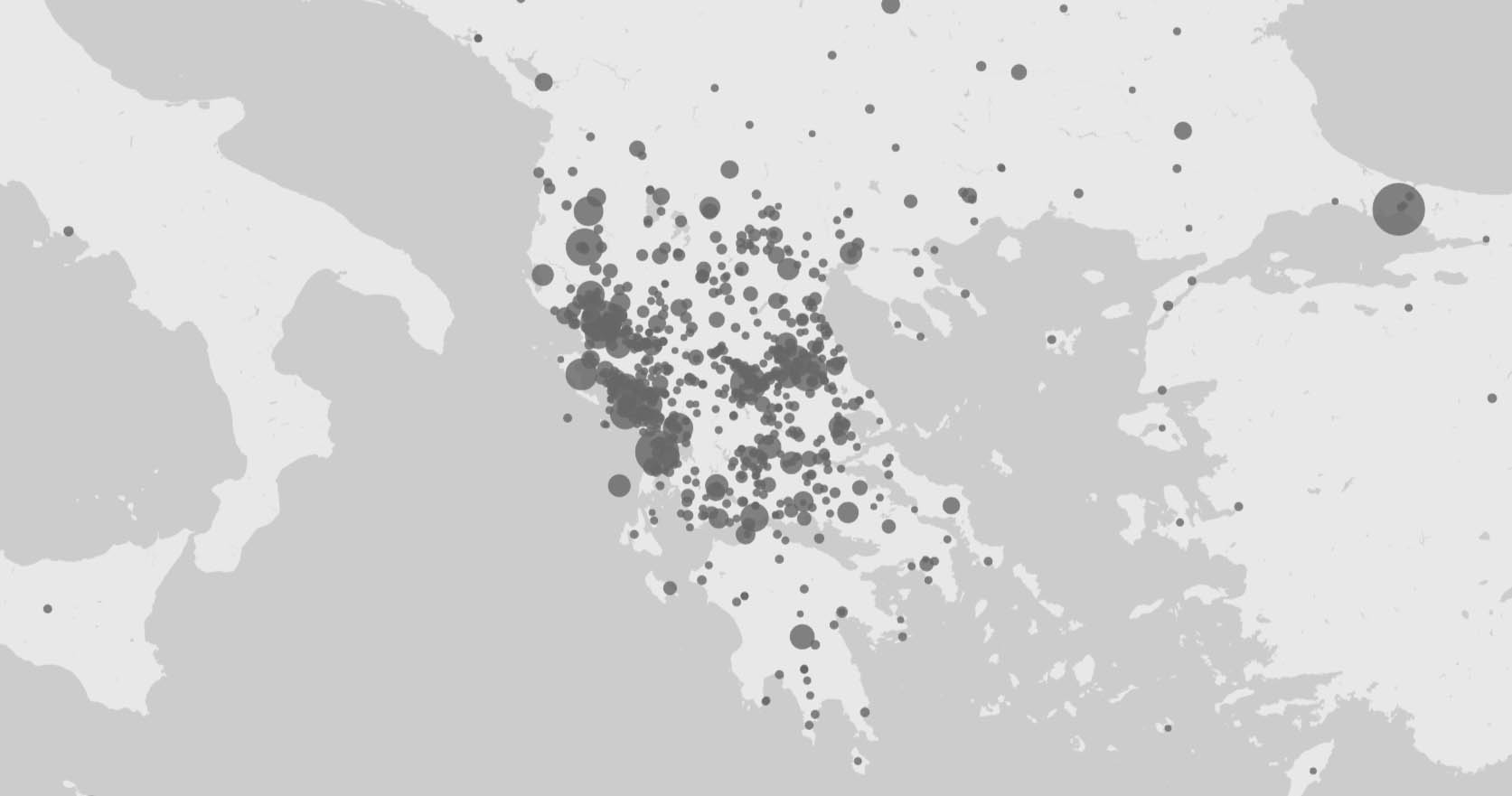
Another ongoing project is entitled ‘Environment, economy and landscape in the Cypriot longue durée,’ in collaboration with Professor Christos Chalkias of Harokopio University, funded by the Sylvia Ioannou Foundation. The project combines Ottoman fiscal and property surveys (1572, 1833) with the 1883 Kitchener map of Cyprus and the 1931 British census of the island. Not limited to scholarly audiences, the project will develop pedagogical programs for primary and secondary schools, and a phone and tablet app which will indicate the user’s location on the historical map and include additional information addressed to teachers, students, tourists and the general public. Digital humanities by definition is a highly collective and collaborative endeavor, for it necessitates a wide range of inter- and transdisciplinary expertise that go beyond the standard skills of historians.
Learning from the experiences, but most importantly from the mistakes of the individual or collective efforts of colleagues is an important and vital issue in digital humanities so that efforts are not duplicated and resources are not wasted. The Pelagios network is an initiative that I have participated in and from which I learned a great deal. As I mentioned, Ottoman studies has enthusiastically embraced digital humanities tools. The OpenOttoman initiative is another network I am part of, established following two workshops in 2015 and 2016 at the Institute of Advanced Study at Princeton. Finally, an exciting new initiative in Vienna will organize a workshop that promises to further enhance the connections between Ottomanist digital humanists.
Greek Universities have recently embarked on a strategy of global extroversion in an increasingly competitive global market. Can you outline the major strong points of Greek academic research and teaching from your recent experience?
Having had direct experience of several top-level universities and research centers in Europe and the United States, I have been impressed by the high quality, serious and grounded research conducted in Greece despite the lack of resources that institutions suffer due to the ongoing financial crisis. Comparing the availability and use of funding in some of these high-profile institutions, I would dare say that the use of resources is much more wasteful in relation to output compared to their Greek equivalents, which essentially run on a shoestring. Consider the words of eminent Ottomanist Michael Ursinus, who sang the praises of Crete as a ‘success story’ and acknowledged the prominent position of Greece on the international map of Ottoman Studies as a leader and a paradigmatic example to follow. More astonishing is the short time span in which this status has been achieved, especially compared to other European countries, such as Germany, Austria, Hungary, or Bulgaria, which have a long and illustrious tradition in Ottoman Studies.
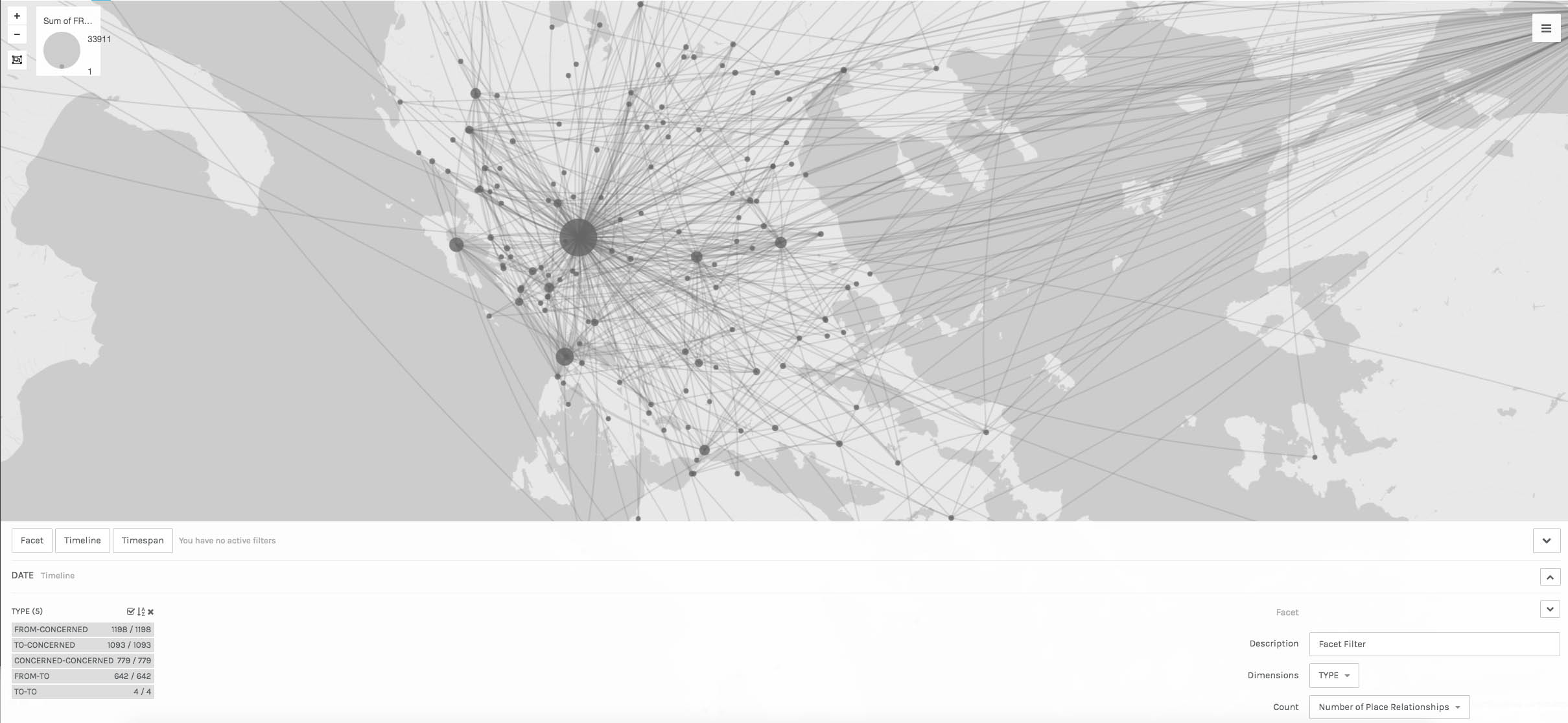
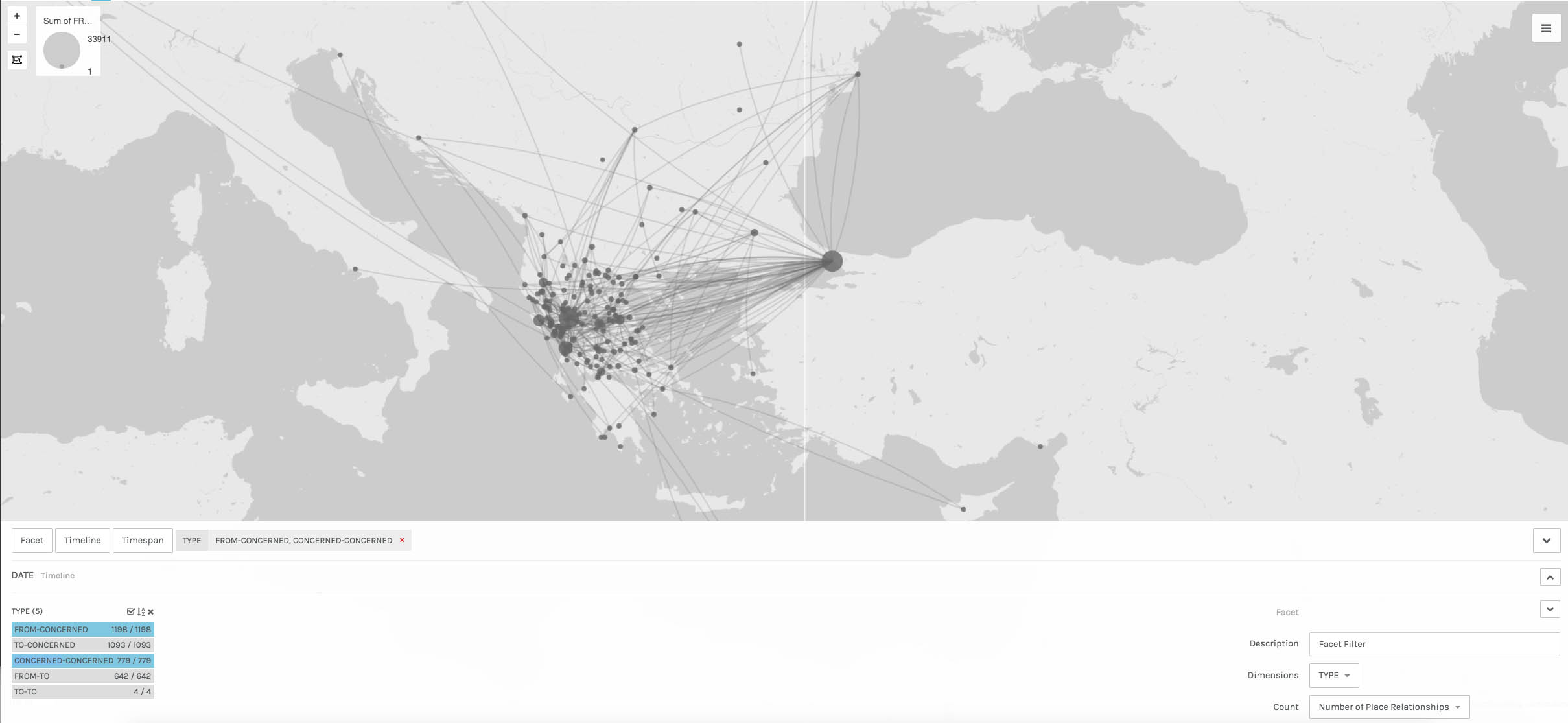
Another strong point of Greek academia is the recent enthusiastic embracing of cutting-edge historical methodologies. This is especially the case of the younger generation of scholars, who have entered the job market in the midst of the crisis and have had to deal with continued academic and professional precarity. Greek historians working on gender, sexuality, the history of medicine, different aspects of cultural history, or intellectual history, engage in an active and energetic fashion with international networks and help shape their respective fields. The enthusiasm with new methodologies is shared by the students. In my current teaching position at the Department of Political Science and History at Panteion University, I have been pleasantly surprised by such keen interest and engagement on behalf of both undergraduate and postgraduate students. One can identify the diversion of energies to new areas of study at an institutional level, too. From my own engagement in digital humanities, I can cite for example a forthcoming conference in October to be organized by the Institute of Historical Research at the National Hellenic Research Foundation. Similarly, we will be organizing a spatial history workshop at the Research Centre for Modern History at Panteion University in June. In other words, despite the challenges Greek academia is encountering at this juncture, it can claim a prominent position in international research. Greece has the human and cultural capital as well as material basis in the form of serious and competitive research output. One can only imagine what the possibilities could be with more sustained support for the production of knowledge, which will in turn further enhance the position of Greek scholarship in international academia.
*Interview by Dimitris Gkintidis
D. G.
TAGS: ENVIRONMENT | HISTORY | INNOVATION | INTERNATIONAL RELATIONS | RESEARCH | SCIENCE & TECHNOLOGY

